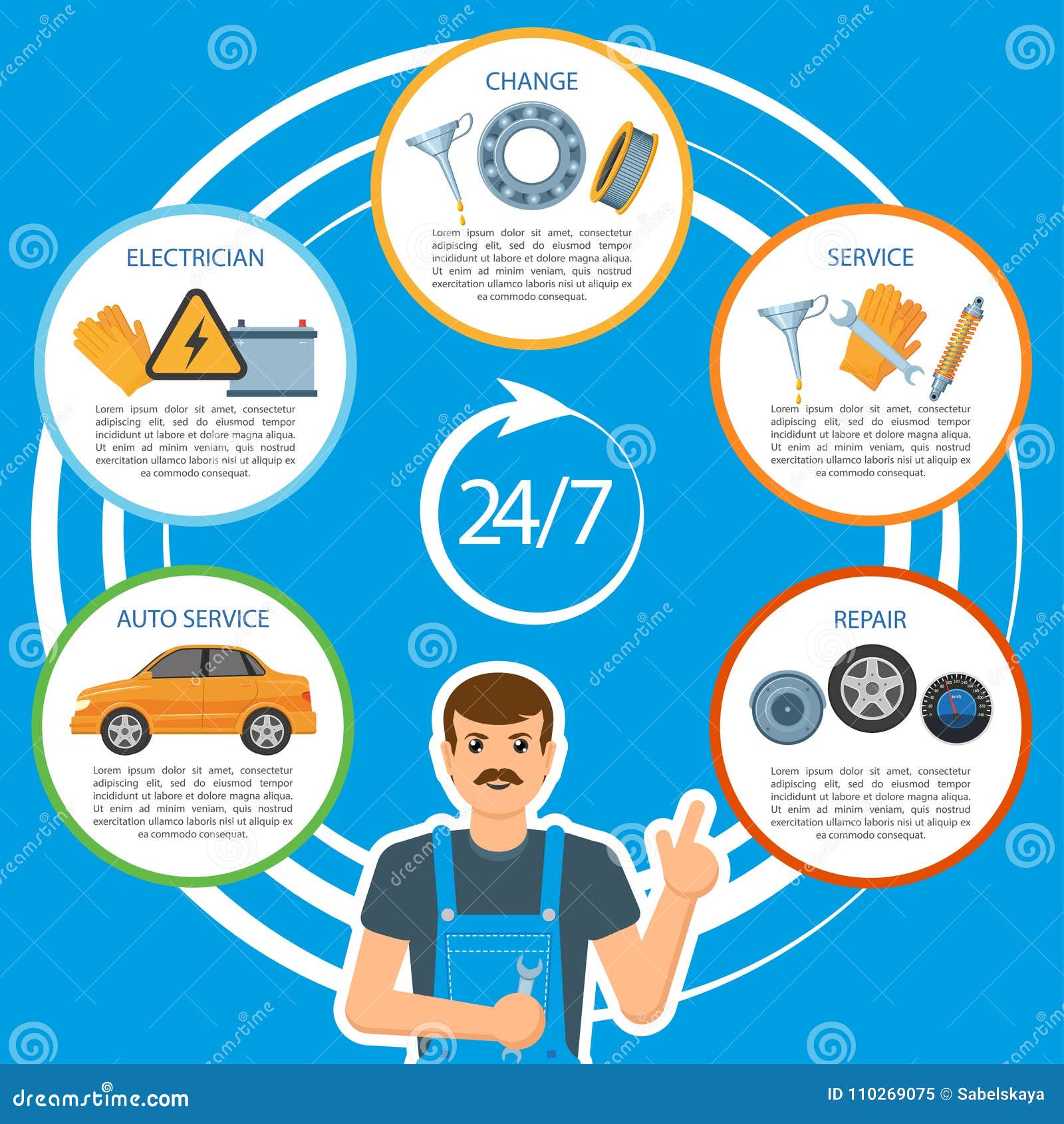Understanding Your Cars And Truck'S Caution Lights: What Do They Actually Mean?
Understanding Your Cars And Truck'S Caution Lights: What Do They Actually Mean?
Blog Article
Published By-Higgins Corbett
When you're behind the wheel, those glowing warning lights on your dashboard can be a little bit perplexing. Do bestcarinteriorcleanernz know what they're trying to inform you regarding your cars and truck's health? Recognizing the importance of these lights is important for your security and the long life of your automobile. So, the next time among those lights appears, would not you want to decode its message precisely and take the needed actions to address it?
Common Warning Lights and Interpretations
Determine usual caution lights in your automobile and comprehend their definitions to guarantee secure driving.
One of the most normal caution lights consist of the check engine light, which signals issues with the engine or discharges system. If this light comes on, it's important to have your vehicle checked without delay.
The oil stress advising light shows reduced oil pressure, needing instant attention to avoid engine damages.
https://drivers-training-near-me40617.blogacep.com/36409640/would-you-like-to-check-out-impressive-automobile-repair-service-facilities-located-near-you blinking battery light could recommend a damaged charging system, possibly leaving you stranded otherwise dealt with.
The tire stress tracking system (TPMS) light notifies you to low tire pressure, impacting vehicle stability and fuel efficiency. Overlooking this might lead to hazardous driving problems.
The abdominal muscle light shows a trouble with the anti-lock stopping system, endangering your ability to stop quickly in emergency situations.
Lastly, the coolant temperature warning light warns of engine getting too hot, which can result in serious damages if not fixed promptly.
Understanding these common warning lights will certainly assist you address problems quickly and keep safe driving conditions.
Importance of Prompt Attention
Comprehending the typical warning lights in your automobile is just the first step; the value of without delay resolving these warnings can't be highlighted sufficient to ensure your security on the road.
When a warning light illuminates on your control panel, it's your car's means of connecting a potential issue that needs focus. Overlooking these warnings can result in more severe issues in the future, jeopardizing your safety and security and potentially costing you a lot more out of commission.
Prompt attention to warning lights can protect against breakdowns and crashes. For example, a blinking check engine light could indicate a misfire that, if left unattended, could cause damages to the catalytic converter. Addressing this quickly can conserve you from a pricey fixing.
In a similar way, a brake system advising light may signal reduced brake fluid or used brake pads, vital elements for your safety when driving.
DIY Troubleshooting Tips
If you see a caution light on your control panel, there are a few do it yourself repairing suggestions you can try before seeking professional aid.
The first step is to consult your automobile's handbook to understand what the certain caution light suggests. In some cases the issue can be as basic as a loosened gas cap causing the check engine light. Tightening the gas cap might deal with the problem.
Another common concern is a reduced battery, which can cause various advising lights. Checking the battery links for corrosion and ensuring they're protected could take care of the issue.
If a warning light continues, you can attempt resetting it by separating the cars and truck's battery for a couple of minutes and after that reconnecting it. Additionally, inspecting your car's fluid degrees, such as oil, coolant, and brake liquid, can assist troubleshoot alerting lights associated with these systems.
Final thought
Finally, comprehending your automobile's warning lights is necessary for maintaining your vehicle running efficiently and safely. By without delay resolving these alerts and knowing what they indicate, you can prevent costly repairs and prospective malfunctions.
Keep in mind to consult your auto's guidebook for certain information on each cautioning light and do something about it accordingly to guarantee a hassle-free driving experience.
Stay notified, remain secure when driving!
